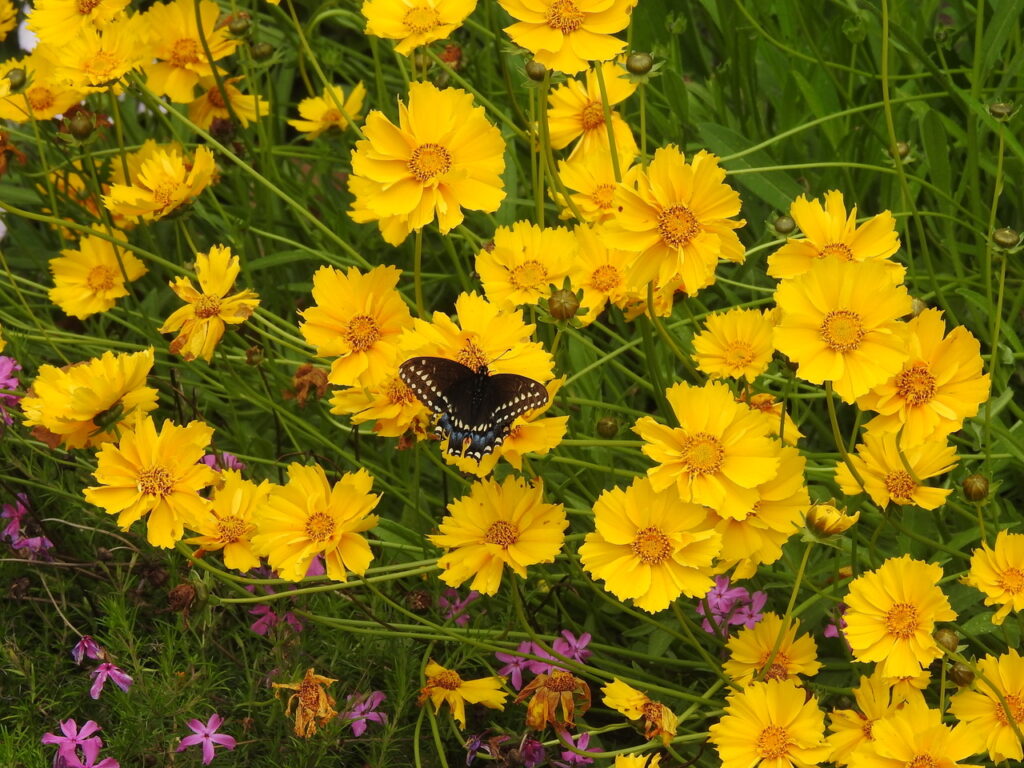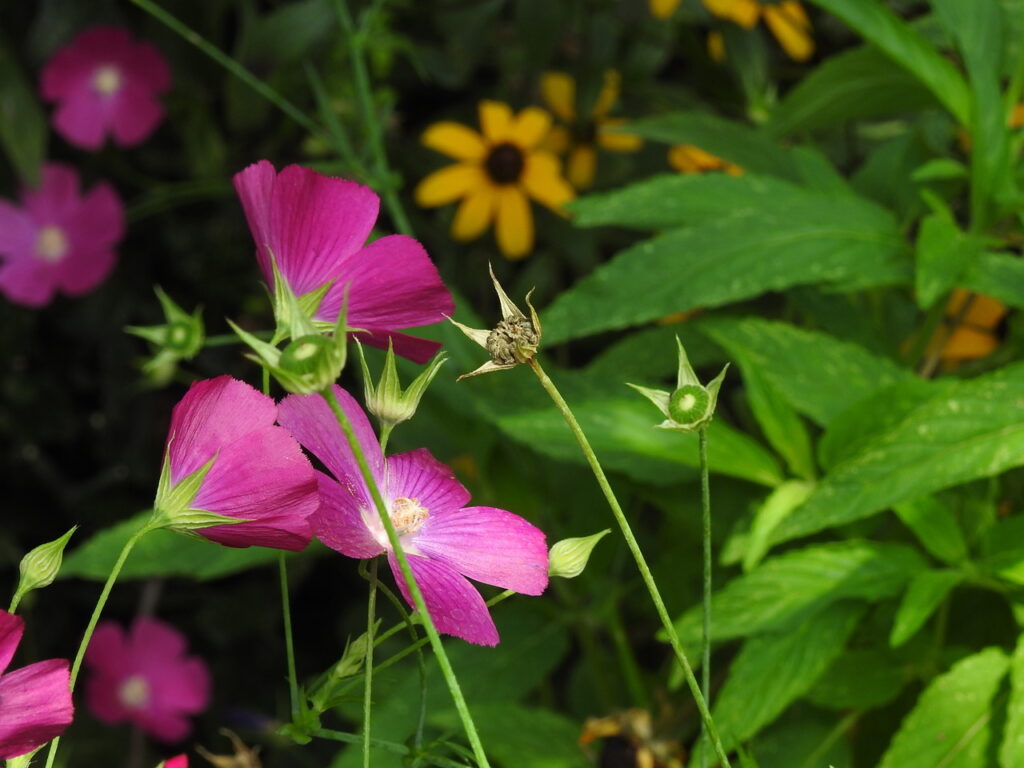Lanceleaf Coreopsis: Golden Native Blooms with Pollinator Power
Coreopsis (Coreopsis species), commonly known as tickseed, brings a cheerful splash of golden sunshine to any native garden landscape. These hardy perennials offer an exceptional combination of long-lasting blooms and carefree maintenance that appeals to both beginning and experienced gardeners. Drought-tolerant and deer-resistant, coreopsis attracts a variety of pollinators with its bright daisy-like flowers while […]
Lanceleaf Coreopsis: Golden Native Blooms with Pollinator Power Read More »


